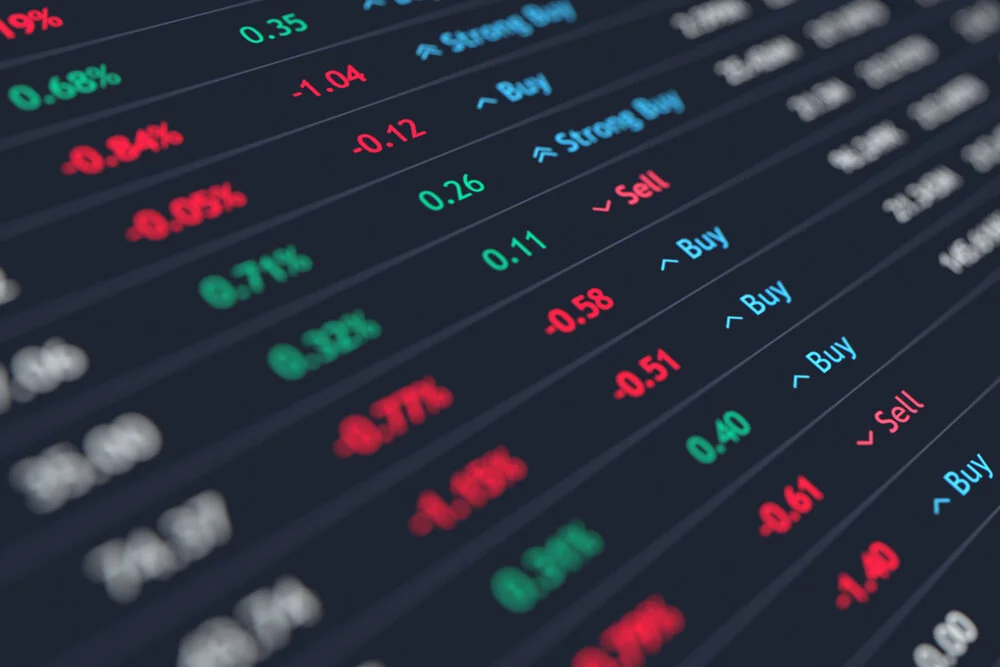Algorithmic Day Trading - A Comprehensive Guide for Cryptocurrency Markets
Mon May 01 2023
Algorithmic day trading is a popular trading strategy used in various financial cryptocurrency. Here are some popular trading styles that translate well in algo trading.

Algorithmic Day Trading: A Comprehensive Guide for Cryptocurrency Markets
Algorithmic day trading is a popular trading style used in various financial markets, including stocks, forex, commodities, and cryptocurrency markets. However, before you start day trading crypto using trading bots, there are a few things you need to know. This article will explain what algorithmic day trading is, how day traders make money, and some common day trading strategies.
What is Algorithmic Day Trading?
Algorithmic day trading involves using pre-programmed trading strategies known as trading bots to enter and exit positions on the same trading day. Since the trading happens within the same day, this strategy may also be referred to as intraday trading. The goal of algorithmic day traders is to use intraday trading strategies to try and profit off of price changes in a financial instrument.
The term “day trader” originates from the stock market, where trading is open only during business days of the week. In this context, day traders never leave positions open overnight since they aim to capitalize on intraday price movements.
How Do Algorithmic Day Traders Make Money?
Successful algorithmic day traders will have a deep understanding of the market and a good chunk of experience. Day traders will typically use technical analysis (TA) to create strategies, which are then executed by algorithms. They will usually use volume, price action, chart patterns, and technical indicators to identify entry and exit points for trades. As with any trading strategy, risk management is essential for success in algorithmic day trading.
As fundamental events may take a long time to play out, day traders may not concern themselves with fundamental analysis (FA). Even so, there are some day traders that base their strategy around “trading the news.” This involves finding assets with high volume thanks to a recent announcement or piece of news and taking advantage of the temporary spike in trading activity.
Day traders aim to profit off of market volatility. As such, volume and liquidity are crucial for day trading. After all, day traders need good liquidity to execute quick trades. This is especially true when it comes to exiting a position. This is why day traders will typically trade highly liquid market pairs. Some day traders will only trade one market pair, such as BTC/USDT. Others will create a watchlist based on technical or fundamental attributes (or both) and choose what instrument to trade from that list.
Algorithmic Day Trading Strategies
Algorithmic Scalping
Algorithmic scalping is a very common trading strategy among day traders. It involves using algorithms to take advantage of small price moves that happen on short time frames. These can be gaps in liquidity, the bid-ask spread, and other market inefficiencies.
Scalpers will often trade on margin or trade futures contracts to amplify their results with leverage. Since the percentage price targets tend to be smaller, larger position sizes make more sense. In fact, this is generally true for most day trading strategies.
However, trading with leverage doesn’t mean that risk management principles go out the window. A successful scalper will be aware of margin requirements and apply proper position sizing rules. Scalpers may use strategies such as order book analysis, volume heatmaps, and many technical indicators to define their entry and exit points for individual trades. However, due to the fast trade execution and high risk, scalping is generally more suitable for skillful traders. Æsir’s free paper trading feature allows you to safely test your algorithmic scalping strategies.
High-Frequency Trading (HFT)
High-frequency trading is a type of algorithmic trading strategy typically used by quantitative traders (“quant” traders). It involves developing algorithms and trading bots that can quickly enter and exit many positions over a short amount of time. How short are these time frames? Think milliseconds. A few milliseconds of advantage for a high-frequency trading firm may provide a significant lead over other firms.
HFT algorithms may be created to implement highly complex strategies. While high-frequency trading may look like a tempting day trading strategy, it’s much more complicated than it may seem. High-frequency trading includes a lot of backtesting, monitoring, and tweaking algorithms to adapt to ever-changing market conditions. Æsir’s paper trading functionality allows users to test and refine their HFT strategies without risking real capital.
How to Get Started with Algorithmic Day Trading Cryptocurrency
If you’ve decided you’d like to try out algorithmic day trading cryptocurrency, you could check out educational resources on algorithmic trading and cryptocurrency trading in general. After understanding the basic concepts, you can create and test your algorithms using the paper trading feature on our algorithmic cryptocurrency trading platform, Æsir. This way, you can test your trading system first without risking real money.